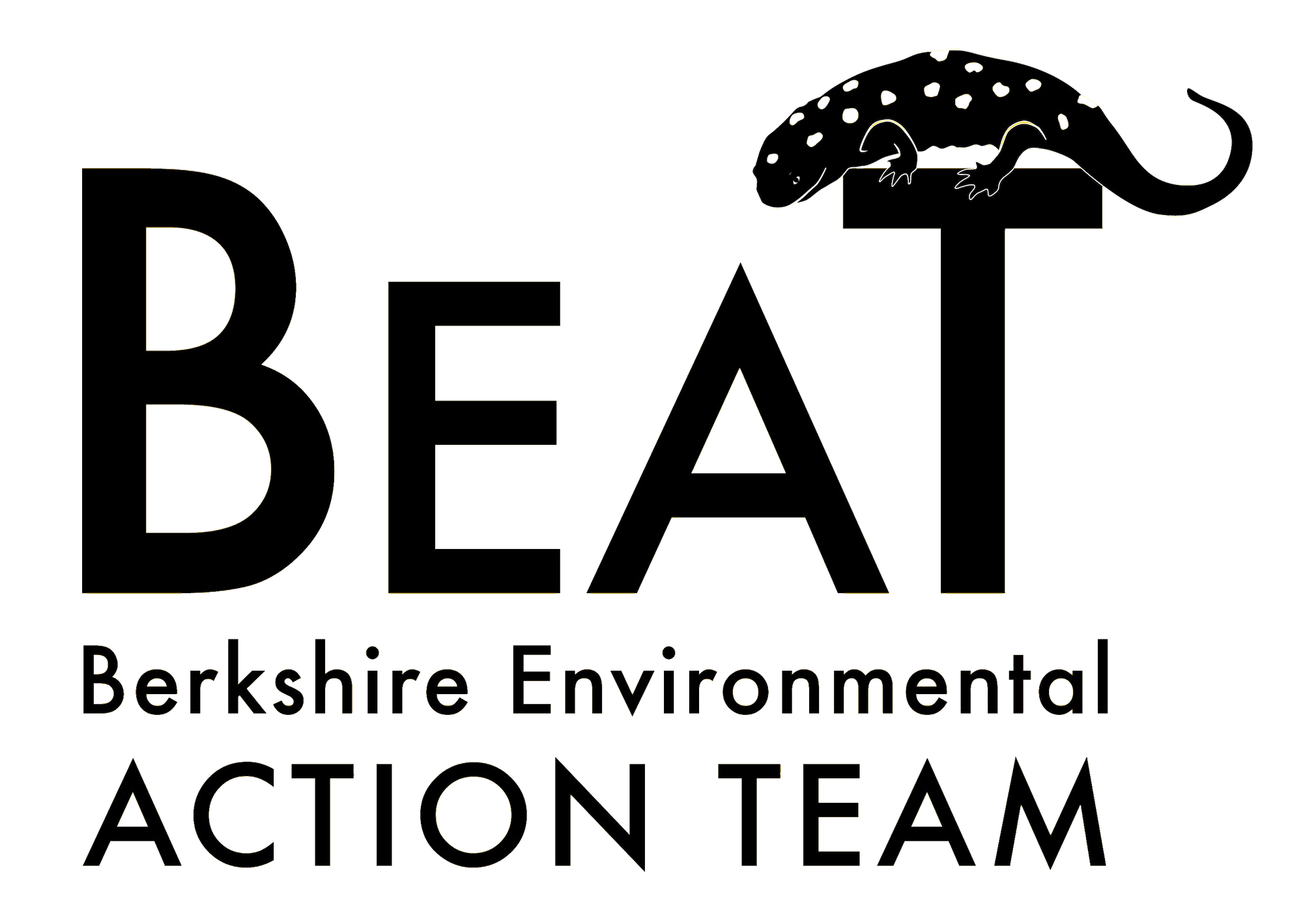| Previous | 1 2 3 4 5 | Next |
3. What does “protected” mean?
When we say that an area is protected under the Wetlands Protection Act, we mean that any work in one of these areas or that has an impact on one of these areas must have a permit from the local Conservation Commission. It’s often (but not always) easy to determine if you are in one of these protected resource areas and have to file a Notice of Intent. And if you’re not sure, you can file a Request for Determination of Applicability and have the Conservation Commission make a determination. But what if you’re working outside of but close to one of these protected areas? You’re not allowed to perform work that will impact one of these areas, so how do you know when you’re too close for the kind of work you intend to do?
Buffer Zones
A buffer zone is an area that extends out 100 feet from the edges of bordering vegetated wetlands and from the banks of bodies of water. If you are working in one of these areas, you have to appear before the Conservation Commission so that they can provide you with guidelines and restrictions that will ensure that your work does not have an impact on the nearby wetland.
Even if you are working beyond the buffer zone, you are not allowed to impact the wetland. In the case of work outside the buffer zone, the moment your work impacts a protected wetland, you are in violation of the act and subject to an Enforcement Order.
| Previous | 1 2 3 4 5 | Next |
